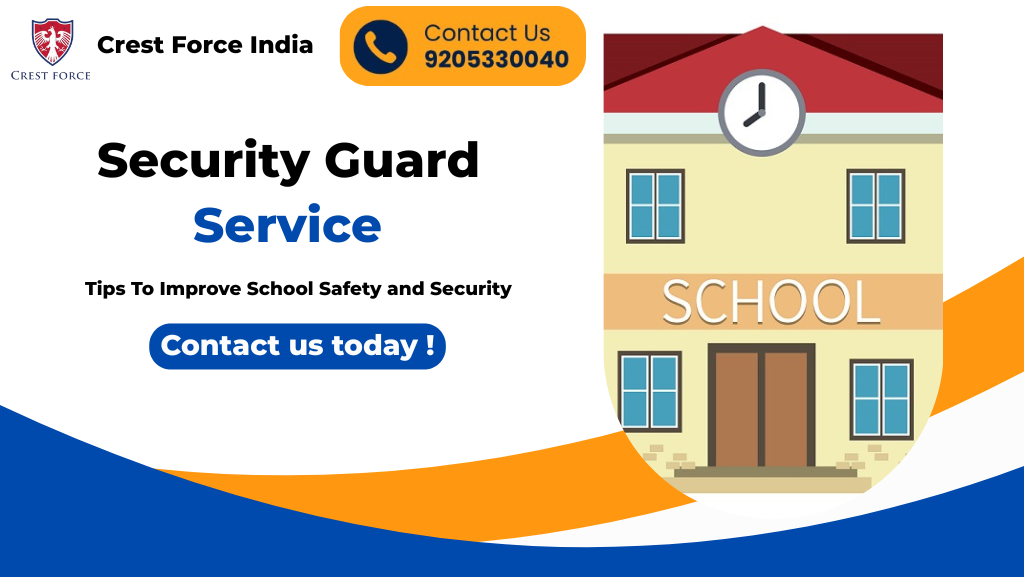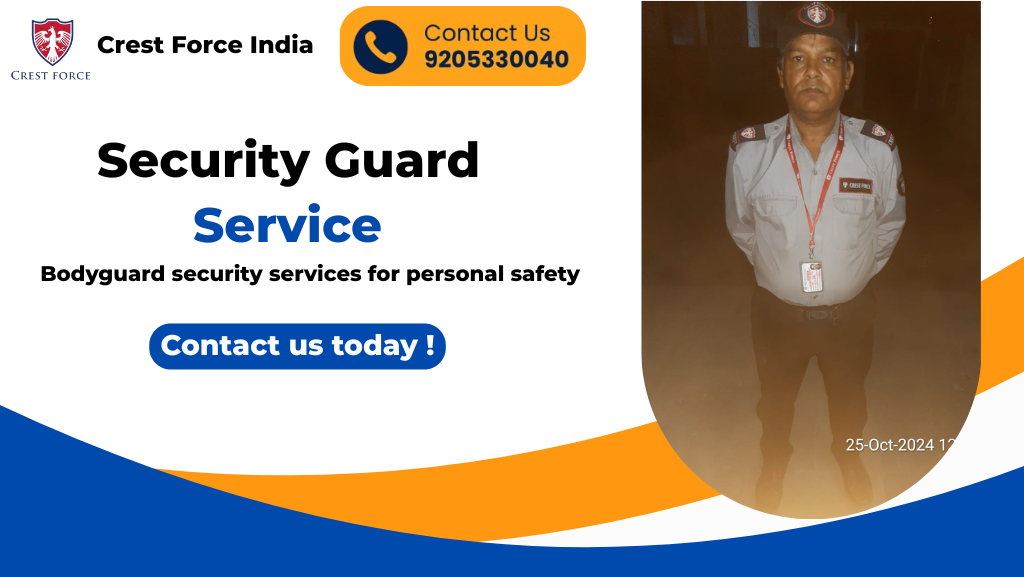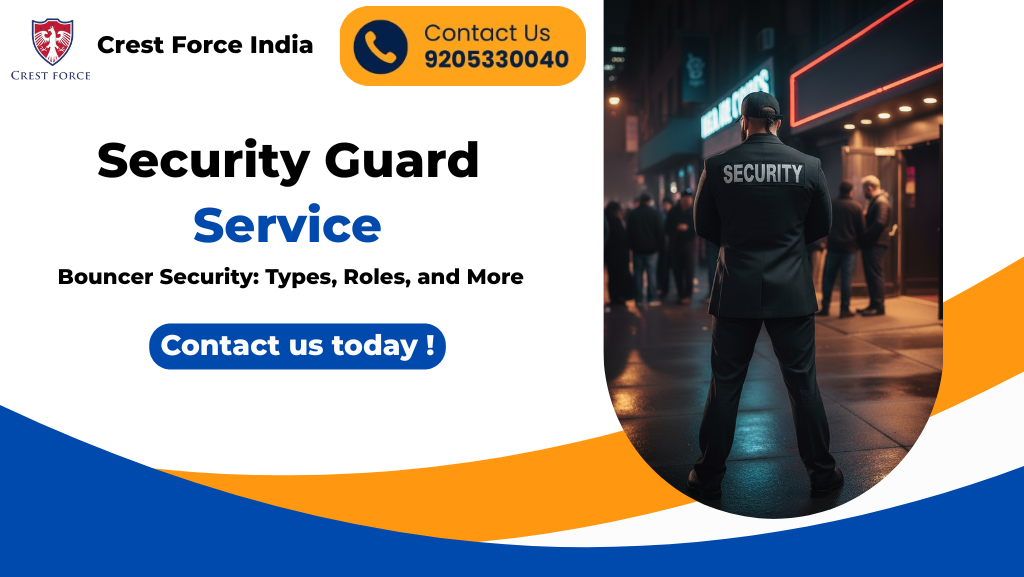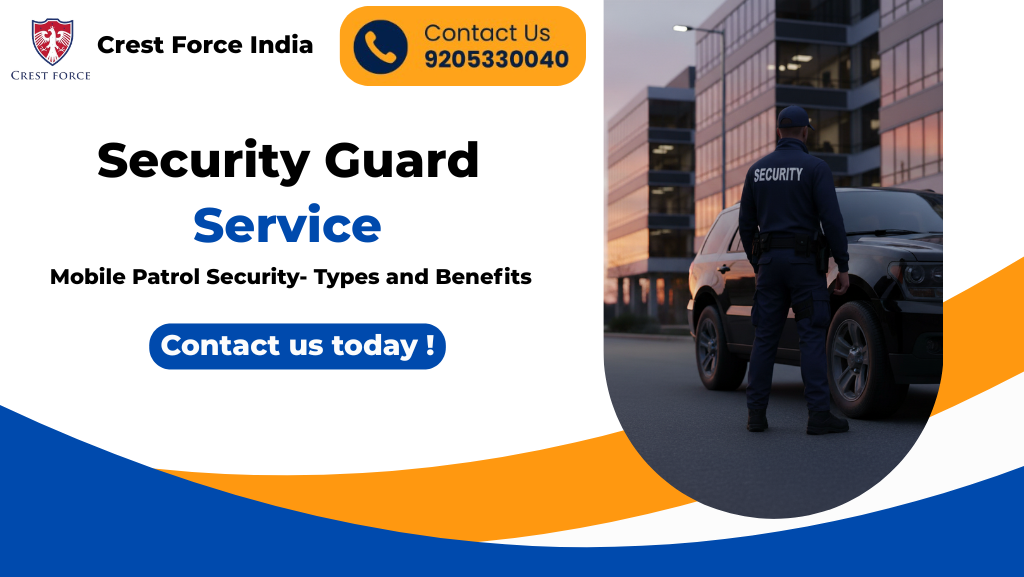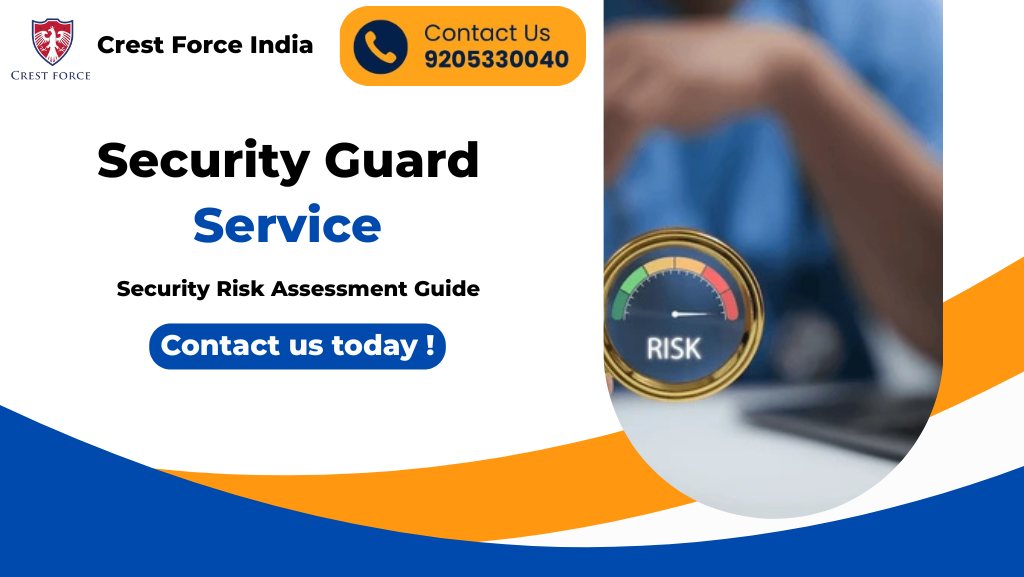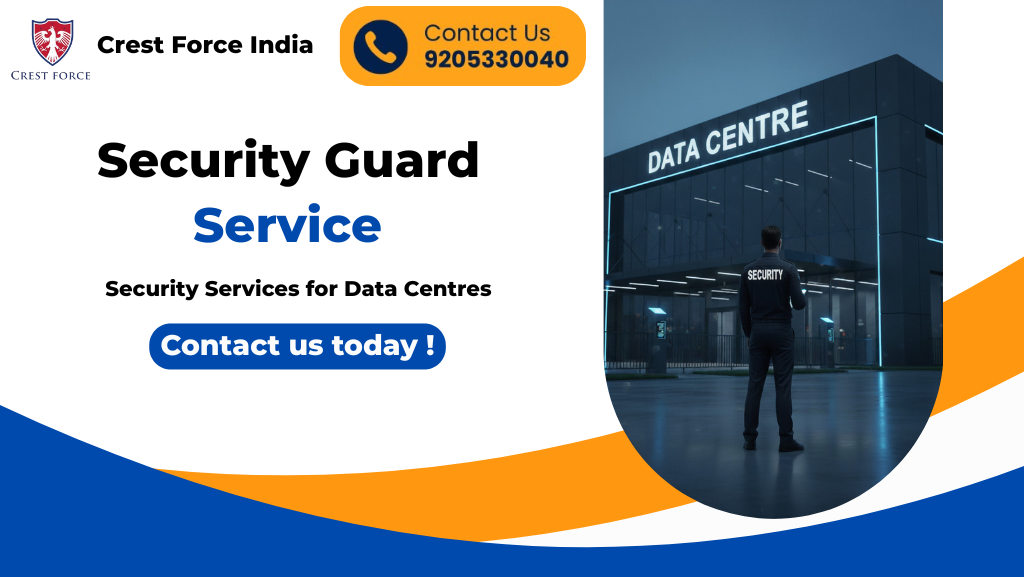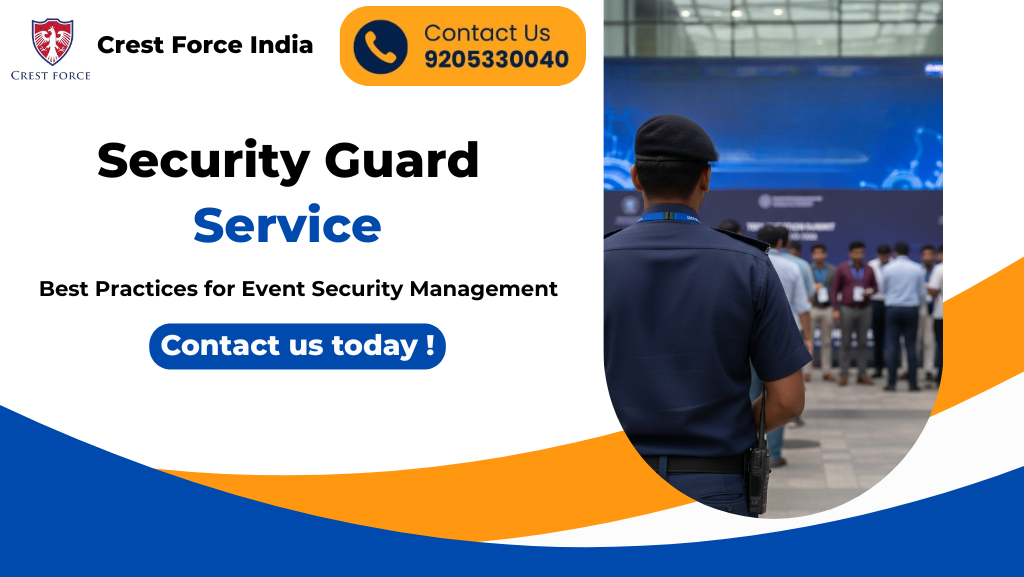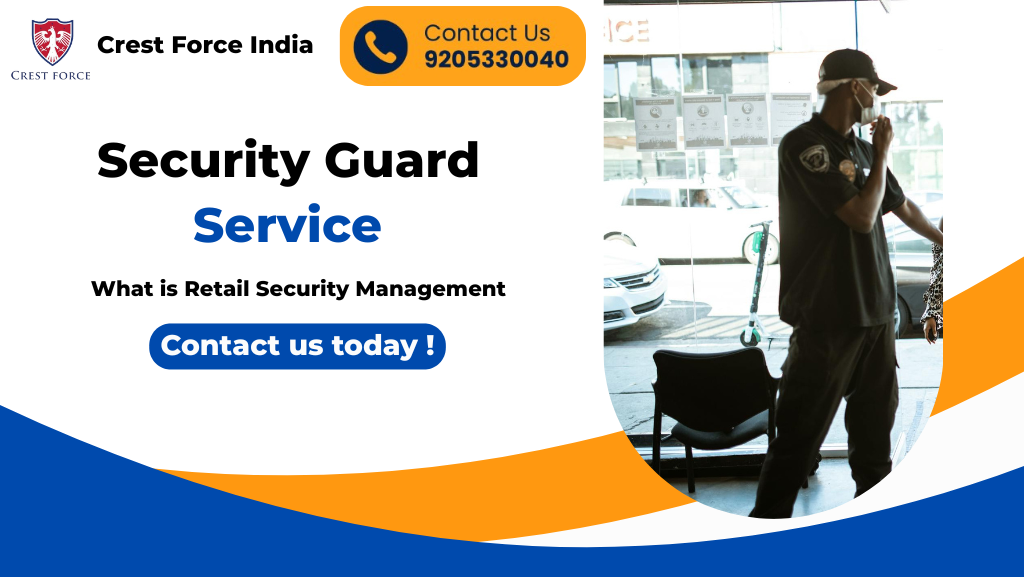With the unpredictability of the world in which we currently live, schools are confronted with a continuously expanding list of security threats, from violent acts such as school shootings to insidious problems such as bullying and crises such as fire or natural disasters. School safety is no longer a choice; it is a matter of morality.
However, effective school defence does not occur by chance. It takes a proactive, multi-layered effort integrating infrastructure, technology, trained staff, cultural programs, and community partnerships. This manual will take you through real-world approaches to improve the security for school premises and ensure school safety for students with physical systems, training, adoption of technology, community outreach, and reliable security guard service tailored to educational environments.
Physical Security Infrastructure
The building block of secure schooling is good infrastructure.
Intelligent Surveillance Mechanisms
Set up CCTV cameras with AI that can recognise faces and provide real-time monitoring. They not only act as deterrents against possible threats but also produce priceless evidence during the time of an incident.
Access Control & Visitor Management
Each school has to have a single entry point that includes ID scanners, smart gates, and sign-in systems to track visitors.
Locks, Alarms & Panic Buttons
Fit smart locks on classroom doors and panic buttons in strategic positions. These can be connected straight to the local authorities or control room.
Lighting & Perimeter Fencing
Lighted parking areas, corridors, and stairwells minimise blind spots and deter suspicious behaviour. Fencing should restrict unauthorised entry points.
Portable Classrooms
Far too often, temporary classrooms are an afterthought; they must be safely anchored, correctly marked, and addressed in evacuation planning.
Pro Tip: Don’t rely on a single method. Use layered security—blend physical barriers, people, and technology for the greatest safety.
Also Read: Z Plus Category Security Persons List
School Security Personnel
Human presence provides an added level of responsiveness.
Trained Security Guards
A school security guard must be more than a gatekeeper. Psychologically trained and equipped with emergency response skills, guards can actively watch for behaviour and react effectively.
Defined Emergency Roles
Designate unique roles such as evacuation marshals or crisis managers among staff. Effective delegation allows for rapid action when seconds count.
Police Partnership
Regular patrols, police-organized workshops, and community policing help foster trust and readiness.
Case Insight: The SRO (School Resource Officer) program enabled schools to respond to threats 30% quicker due to on-the-ground familiarity.
Emergency Readiness & Drills
Preparedness saves lives.
- Regular Drills: Organise monthly fire, lockdown, and earthquake drills specific to every school district.
- Safety Folders in All Rooms: Equip rooms with folders containing evacuation procedures, emergency contact information, and first-aid details.
- Communication Systems: Employ PA systems, SMS notifications, and apps for mass notification.
Technology for Safer Schools
Technology is a strong facilitator of safer campuses.
- Incident Reporting Tools: Online and anonymous tools promote on-time red-flag reporting.
- Case Management Software: Enables tracking of chronic behavioural issues and follow-up solutions.
- Emergency Apps: Raptor Technologies and Navigate360 are apps that offer visitor management, real-time notifications, and lockdown features.
- Tool Highlight: Over 60,000 schools use Raptor Technologies for guest monitoring and threat reaction.
Creating a Safe School Culture
A safe school is also a supportive school.
- Anti-Bullying Campaigns: Initiate promises, complaint booths, and peer counselling.
- Classroom Trust Activities: Develop teamwork, conversation, and understanding by means of peer mentoring.
- After-School Activities: Mandatory programs discourage risk-taking behaviour and encourage a sense of belonging.
- Stat: Those who participate in extracurricular activities have a 49% reduced chance of being disciplined.
Training & Awareness
Providing your people with the right information.
- Faculty Workshops: Educate instructors to recognise threats, manage confrontation, and report incidents.
- Student Seminars: Foster awareness through cyber safety education and “See something, say something” initiatives.
- Parental Involvement: Open communication and parent-teacher safety committees offer open lines of communication.
- Downloadable Resource: “Teacher’s Cheat Sheet for Discussing Safety Issues with Parents”
Monitoring & Continuous Improvement
Security is a journey, not a destination.
- Routine Safety Audits: Inspect infrastructure, points of entry, and obsolete protocols.
- Behavioural Monitoring: Teachers and counsellors should monitor students with concerning patterns.
- Post-Crisis Reviews: Learn from previous incidents and revise protocols as needed.
Sample Table:
| Incident Type | Root Cause | Action Taken | Result |
| Theft | Open locker | Lock replacements | Reduced cases |
| Bullying | Lack of patrol | Schedule revisions | Fewer reports |
Community Partnerships
School safety depends on partnerships.
- Law Enforcement: Invite officers for walkthroughs, threat assessments, and classroom sessions.
- Neighbourhood Watch: Local shopkeepers and residents can be additional eyes.
- NGO Tie-Ups: Empower students with mental health services, scholarships, and outreach.
- Tip: Organise a quarterly Community Safety Roundtable involving stakeholders such as parents, police, teachers, and community leaders.
Also Read: Types of Security Guards
About Crest Force India
At Crest Force India, we are committed to never compromising the safety of schools. With our expertise in school safety solutions and deployment of trained personnel, we do more than provide a security guard for a school. We provide peace of mind. Our security personnel undergo psychological training, go through simulated emergency responses, and are provided with the finest equipment to respond to school-specific threats. From managing access points to helping with evacuation drills, Crest Force India—offering trusted security guard service in Delhi NCR works with schools at all levels to make school safety for students a reality, not a theory.
Frequently Asked Questions (FAQs)
Q1: What are the most important elements of school security?
A combination of physical facilities, trained personnel, technology, and community organisation.
Q2: How do schools balance being open and yet safe?
By instituting controlled access systems and training staff to recognise possible threats.
Q3: What is the students’ role in safety initiatives?
Students can report concerns, participate in drills, and assist with peer-to-peer awareness programs.
Q4: How often should safety protocols be evaluated?
At least once every two years, or whenever any serious event or security audit takes place.
Conclusion
Providing security for school facilities and school safety for students is not a one-time event—it’s a changing culture. With the proper mixture of planning, people, technology, and input from the community, schools can become a haven where learning thrives, fear dissipates, and safety becomes second nature.
Armed Security Guard | Unarmed Security Guard | Residential Security Guard | Female Security Guard | Event Security Guard | Office Security Guard | Bank Security Guard | Industrial Security Guard | Bouncer Guard Service

